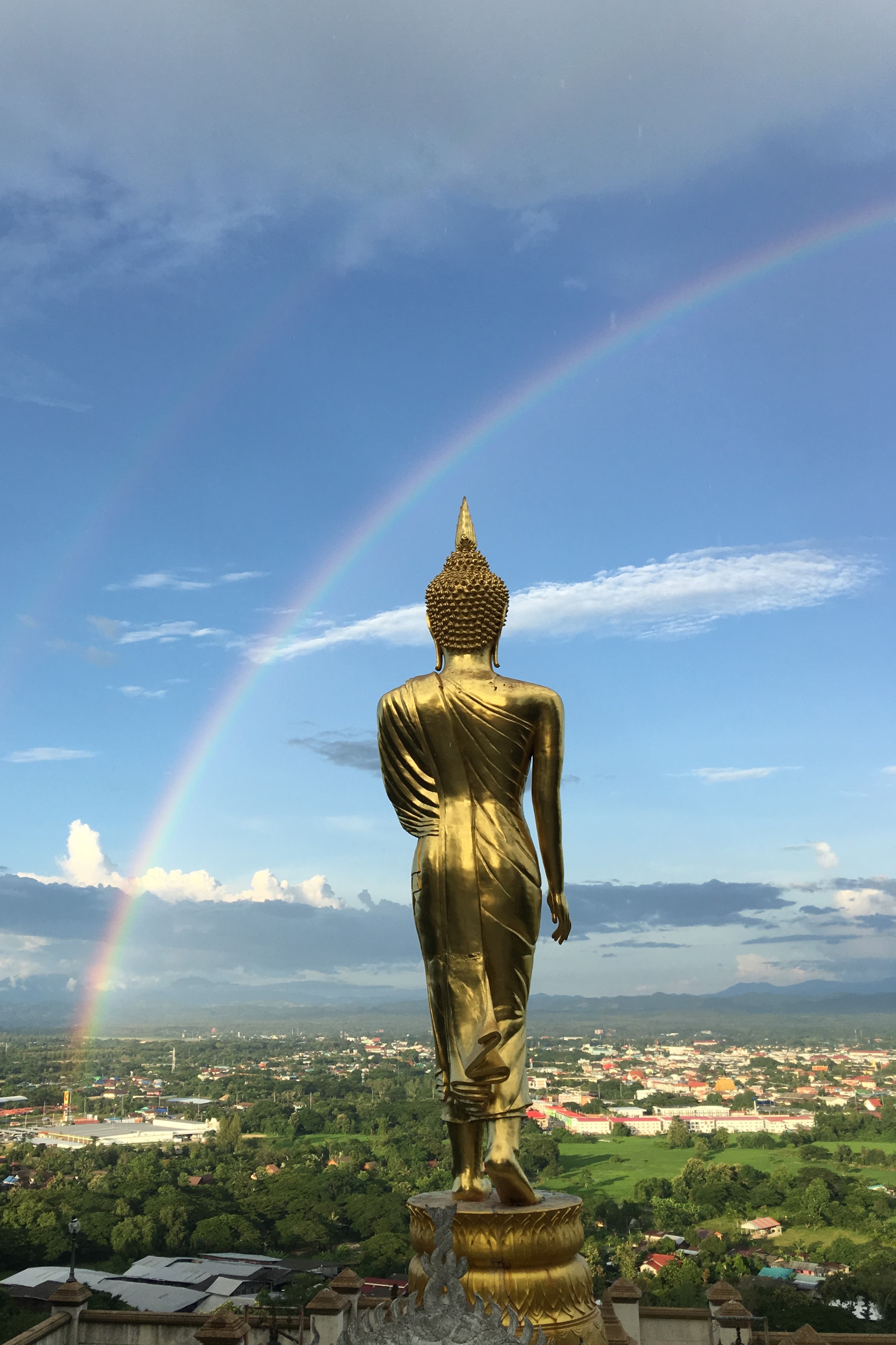
Nan Province
Nan is a small province. A province in the upper northern part of Thailand. Which is well known as the land of "Lanna", a beautiful land with arts and culture accumulated from the past to the present. The north and the east connect with the Lao People's Democratic Republic. The west connects with Phayao Province. The south connects Phrae and Uttaradit provinces. Most of the terrain is mountainous. Doi Phu Kha is the highest mountain with only 1 in 3 of the total area being the plains of the Nan River, Pua River, Wa River, Haeng River, Sa Mun River, Li River and Huai Nam and many other large and small streams. as well as the plains between the valleys as well, At present, Nan Province is divided into 15 administrative districts, namely Mueang Nan District, Chaloem Phra Kiat District, Chiang Klang District, Tha Wang Pha District, Thung Chang District, Na Noi District, Na Muen District, Bo Kluea District, Ban Luang District, Pua District, Phu Dieng District and Nan District. .Mae Charim, Wiang Sa District, Santisuk District and Song Khwae District
In the past, Nan's territory was wider than today and covers Chiang Muan District, Chiang Kham District and Chiang Khong District (which is currently the administrative area of Phayao and Chiang Rai Provinces), as well as including the left-bank cities of the Mekong River which are currently in Lao PDR, namely Muang Ngern, Hongsa, Chiang Lom, Chiang Hon, and Kob. These cities used to be provinces under Nan but lost to France. In the colonial era, 1903 (R.E. 122)
From its long history, Nan has been a rich capital of arts and culture and local handicrafts which are all enhancing the potential of the city to elevate it to be a creative city Handicrafts and folk arts (Nan: City of Crafts and Folk Art), which has elements of arts and culture, traditions, ethnic groups, identity, and various local wisdoms. which is related to the culture of life and engage in various activities Bringing a long-established culture It is a fund for present and future creations to have stories that can be studied, learned, and brought to create and develop a culture that is suitable for the way of life in the present and in the future in a sustainable and stable way.
In the past, Nan's territory was wider than today and covers Chiang Muan District, Chiang Kham District and Chiang Khong District (which is currently the administrative area of Phayao and Chiang Rai Provinces), as well as including the left-bank cities of the Mekong River which are currently in Lao PDR, namely Muang Ngern, Hongsa, Chiang Lom, Chiang Hon, and Kob. These cities used to be provinces under Nan but lost to France. In the colonial era, 1903 (R.E. 122)
From its long history, Nan has been a rich capital of arts and culture and local handicrafts which are all enhancing the potential of the city to elevate it to be a creative city Handicrafts and folk arts (Nan: City of Crafts and Folk Art), which has elements of arts and culture, traditions, ethnic groups, identity, and various local wisdoms. which is related to the culture of life and engage in various activities Bringing a long-established culture It is a fund for present and future creations to have stories that can be studied, learned, and brought to create and develop a culture that is suitable for the way of life in the present and in the future in a sustainable and stable way.
Powered by
MakeWebEasy.com



